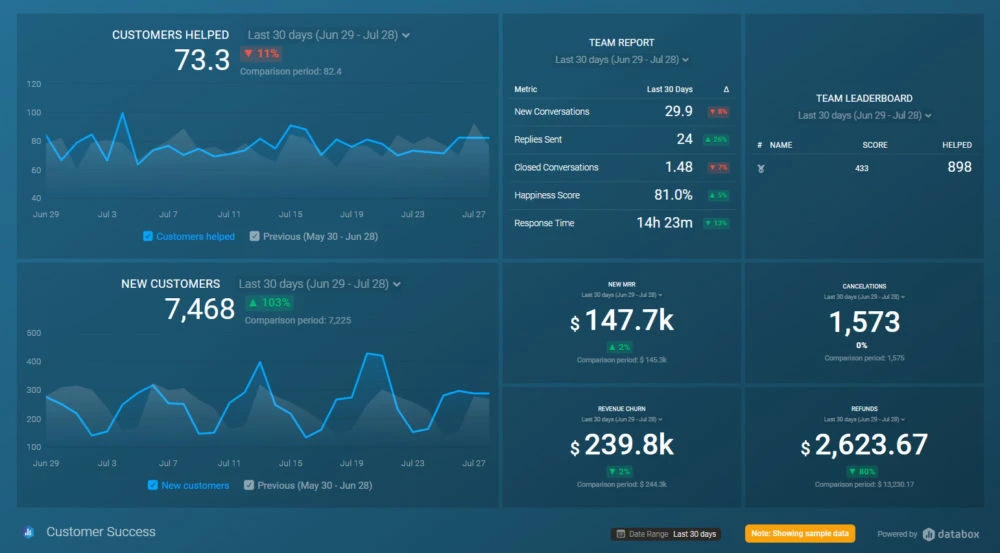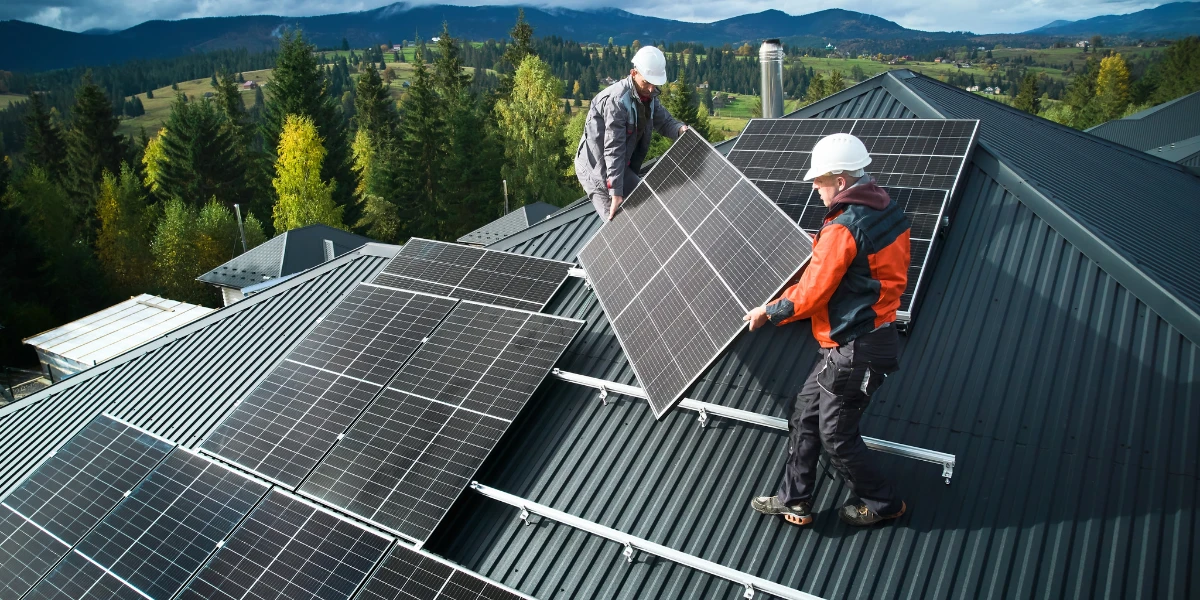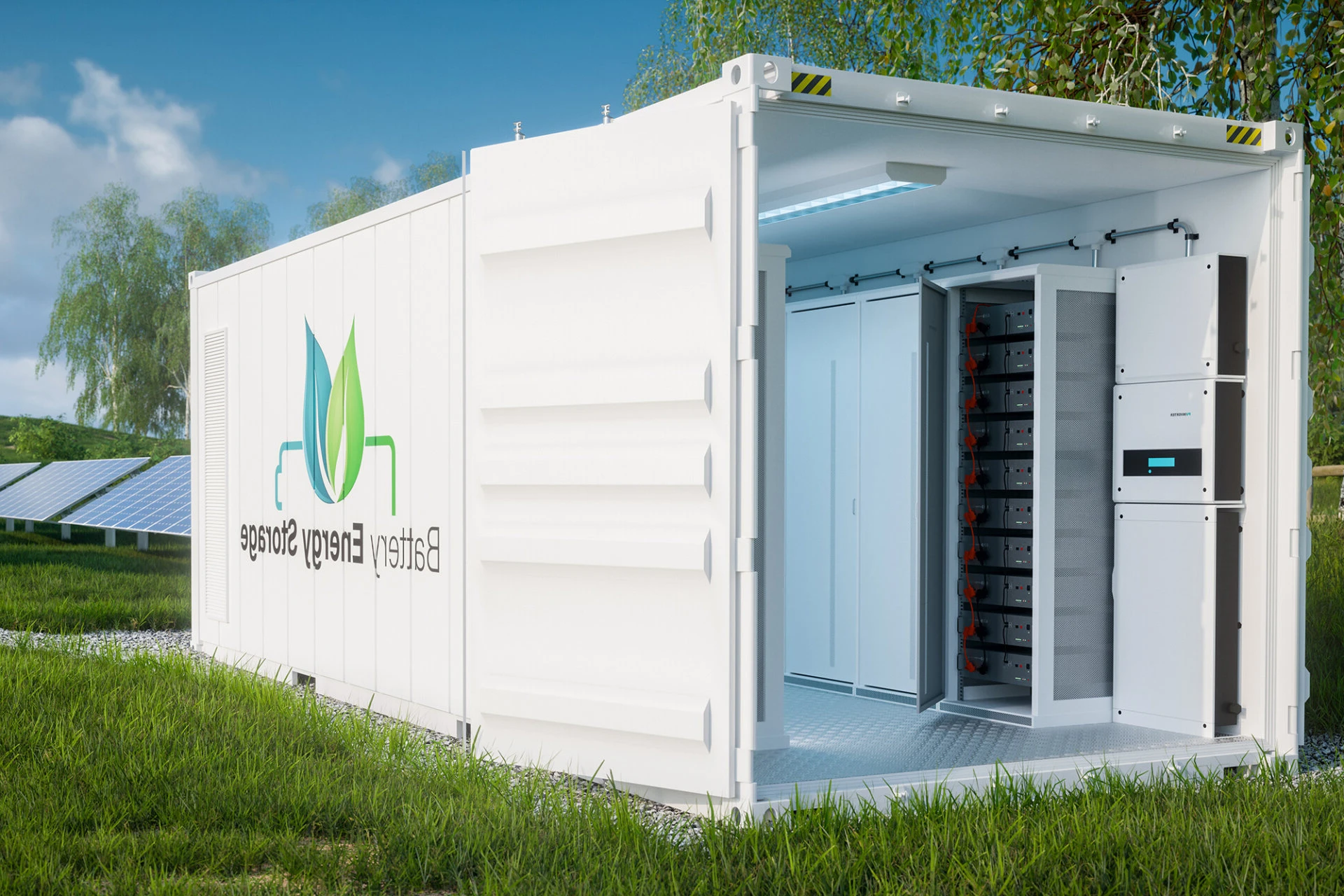
Energy Efficiency & Smart Grids
Building sustainable futures through intelligent energy management

Building sustainable futures through intelligent energy management
Energy efficiency in smart homes represents more than cost savings — it's a fundamental shift toward sustainable living. By integrating intelligent monitoring, predictive algorithms, and renewable energy sources, modern homes can dramatically reduce consumption while maintaining optimal comfort.
Smart grids extend this intelligence to the broader electrical infrastructure, enabling bidirectional communication between utilities and consumers, dynamic load balancing, and seamless integration of distributed renewable energy generation.
Understanding the intelligent infrastructure behind modern power distribution
Traditional power grids operate as one-way systems: electricity flows from centralized plants to consumers. Smart grids transform this into a dynamic, bidirectional network where supply and demand continuously communicate and adjust.
Advanced metering infrastructure (AMI) provides real-time consumption data, enabling utilities to predict demand patterns, optimize generation, and prevent overloads. During peak demand, the grid can automatically request participating smart homes to reduce consumption temporarily — a process called demand response.
Power plants, renewables, distributed generation
High-voltage lines with sensors and automation
Local networks with smart transformers
Smart homes and buildings with AMI meters
Comprehensive tools for tracking and optimizing household energy consumption
Advanced digital meters that record consumption in real-time and communicate data wirelessly to utilities and homeowners.
Installed at the electrical panel to track individual circuits, identifying which appliances and areas consume the most power.
Mobile applications that provide detailed consumption analytics, historical comparisons, and personalized saving recommendations.
Individual outlet monitors that track device-specific consumption and enable remote power control via smartphone.
Centralized interfaces displaying real-time usage, cost projections, peak demand alerts, and efficiency scores.
Automated notifications for unusual consumption patterns, potential device malfunctions, or opportunities to save money.

Raw consumption data becomes valuable when transformed into actionable insights. Modern energy monitoring systems use machine learning to identify patterns, detect anomalies, and recommend specific actions.
For example, the system might detect that your HVAC runs excessively during certain hours due to poor insulation in a specific room, or that a refrigerator consumes twice the expected power — indicating a maintenance need before complete failure.
Real-world implementations demonstrating energy efficiency impact
A residential property achieved net-zero energy consumption through solar panel integration, advanced insulation, triple-glazed windows, heat recovery ventilation, and smart energy management systems that prioritize renewable generation and battery storage.
Office building implemented smart lighting with occupancy sensors, variable-speed HVAC controls, automated shade management, and real-time energy monitoring across 50,000 square meters, resulting in dramatic consumption reduction.
Residential development with shared solar array, community battery storage, and intelligent load balancing across 200 homes. The microgrid can operate independently during outages and sell excess generation back to the utility.
Manufacturing facility deployed AI-driven energy management controlling production equipment, compressed air systems, and climate control. Machine learning identified inefficiencies invisible to traditional audits.
Seamlessly combining solar, wind, and storage with smart home systems

Photovoltaic systems convert sunlight directly into electricity. Smart inverters optimize energy harvest by adjusting to varying light conditions and tracking maximum power points.
Home energy management systems prioritize solar consumption, automatically shifting heavy loads (laundry, EV charging) to peak generation hours and exporting surplus to the grid when storage is full.

Lithium-ion battery systems store excess solar generation for use during night hours or grid outages. Advanced battery management systems (BMS) optimize charge/discharge cycles to maximize lifespan.
Intelligent control algorithms determine optimal storage strategies based on time-of-use rates, weather forecasts, and predicted household consumption patterns.

Combining multiple renewable sources (solar, wind, geothermal) with storage and grid connection creates resilient, flexible energy systems. Intelligent controllers orchestrate optimal source selection in real-time.
Hybrid systems provide energy independence while maintaining grid connectivity as backup, enabling participation in demand response programs and energy arbitrage opportunities.